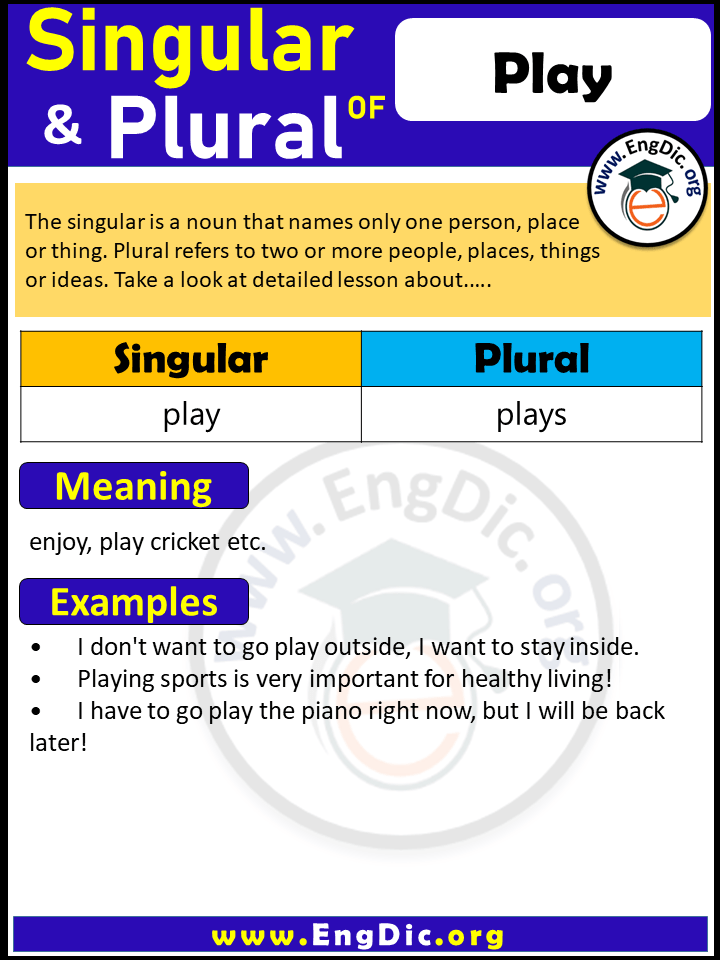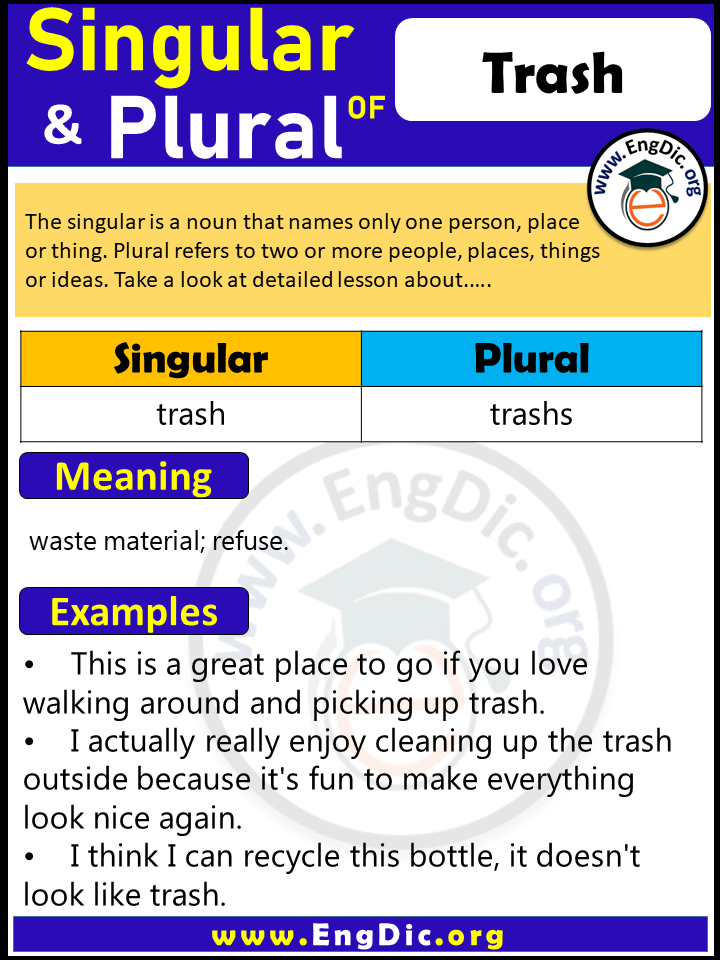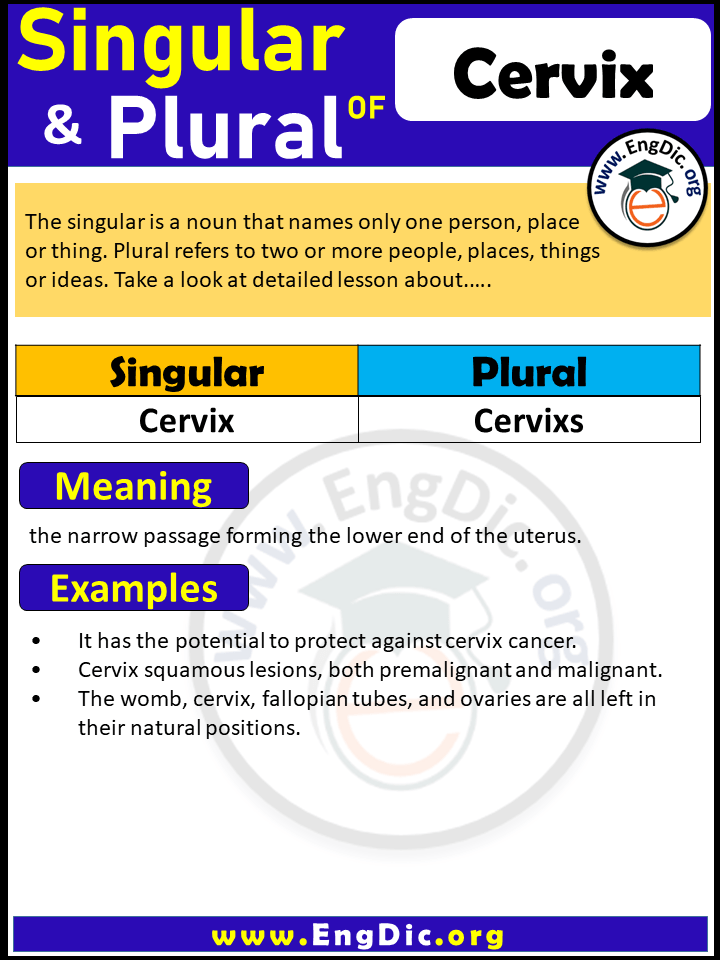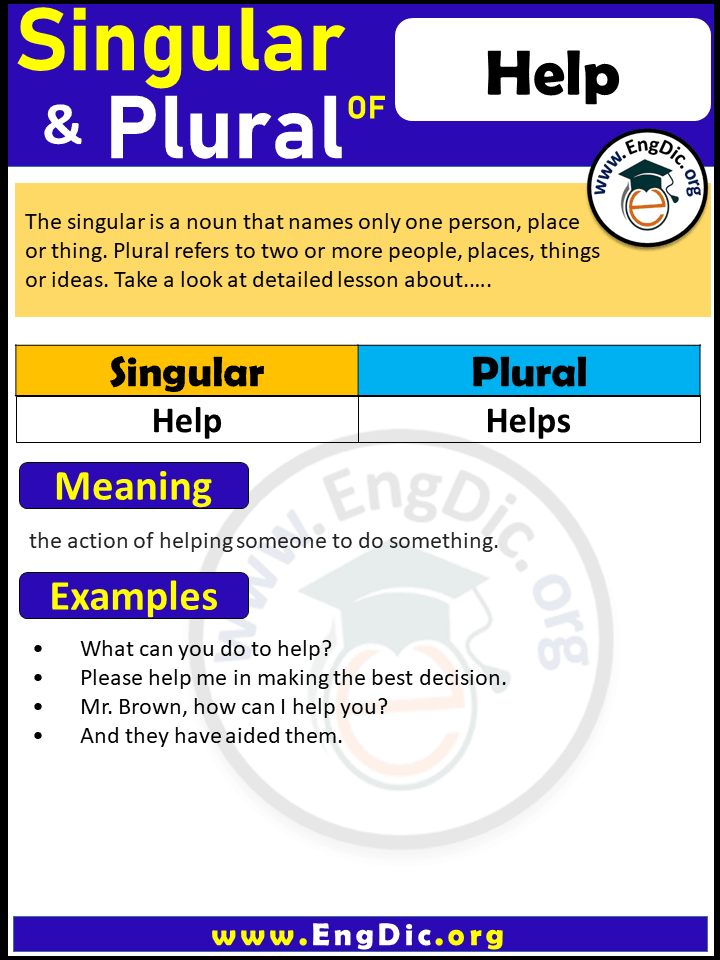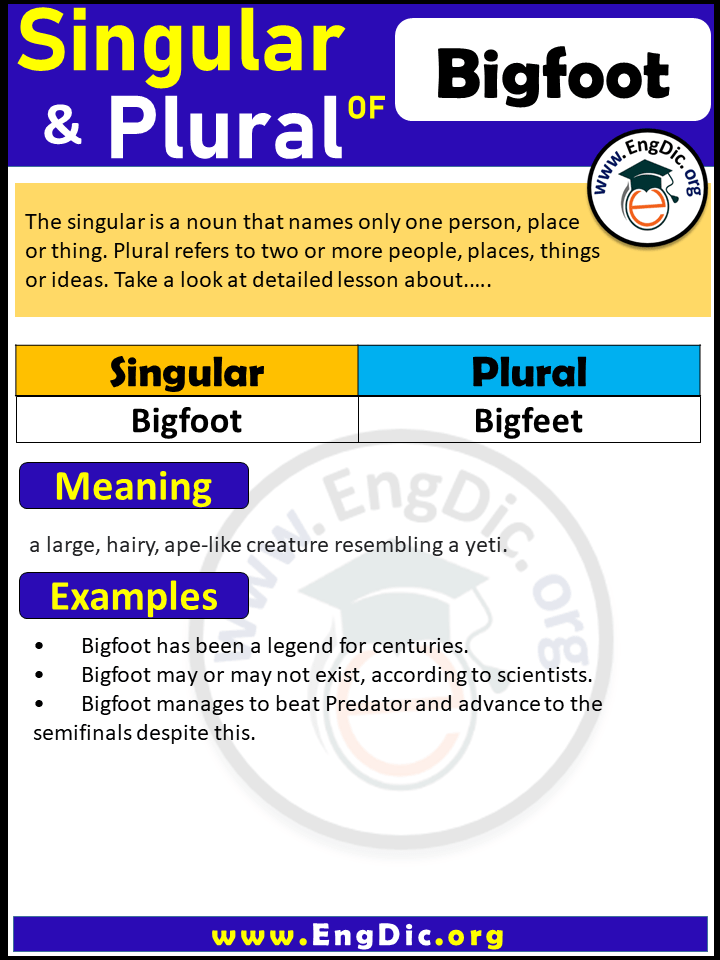The word “an” is known as an indefinite article in the English language. Its primary function is to introduce a singular, nonspecific noun. Unlike its counterpart “a,” which is used before consonant sounds, “an” is used before words that begin with vowel sounds.
The plural form of “an” does not exist, as it is inherently tied to the singular noun it precedes. The purpose of using “an” is to indicate that the following noun is not specified or known. It suggests an indefinite or general reference rather than a specific item.
When we need to refer to multiple instances of an item, we transition from using “an” to using plurals or other quantifiers such as “some,” “many,” or “several.” For instance, instead of saying “an apple,” we would say “apples” to denote multiple apples. The plural form helps to clarify that we are talking about more than one item.
In the English language, the distinction between singular and plural is crucial for effective communication. The plural form allows us to express quantities, generalize concepts, and discuss multiple instances of something. However, the indefinite article “an” is specifically designed for singular, nonspecific nouns. It functions as a linguistic tool to introduce singular objects or ideas without specifying a particular instance.
In conclusion, the word “an” does not have a plural form. Its purpose is to introduce singular, nonspecific nouns. When referring to multiple items, we employ plurals or other quantifiers. Understanding the appropriate use of articles, including “an” and its plural counterparts, is essential for clear and accurate communication in English.

